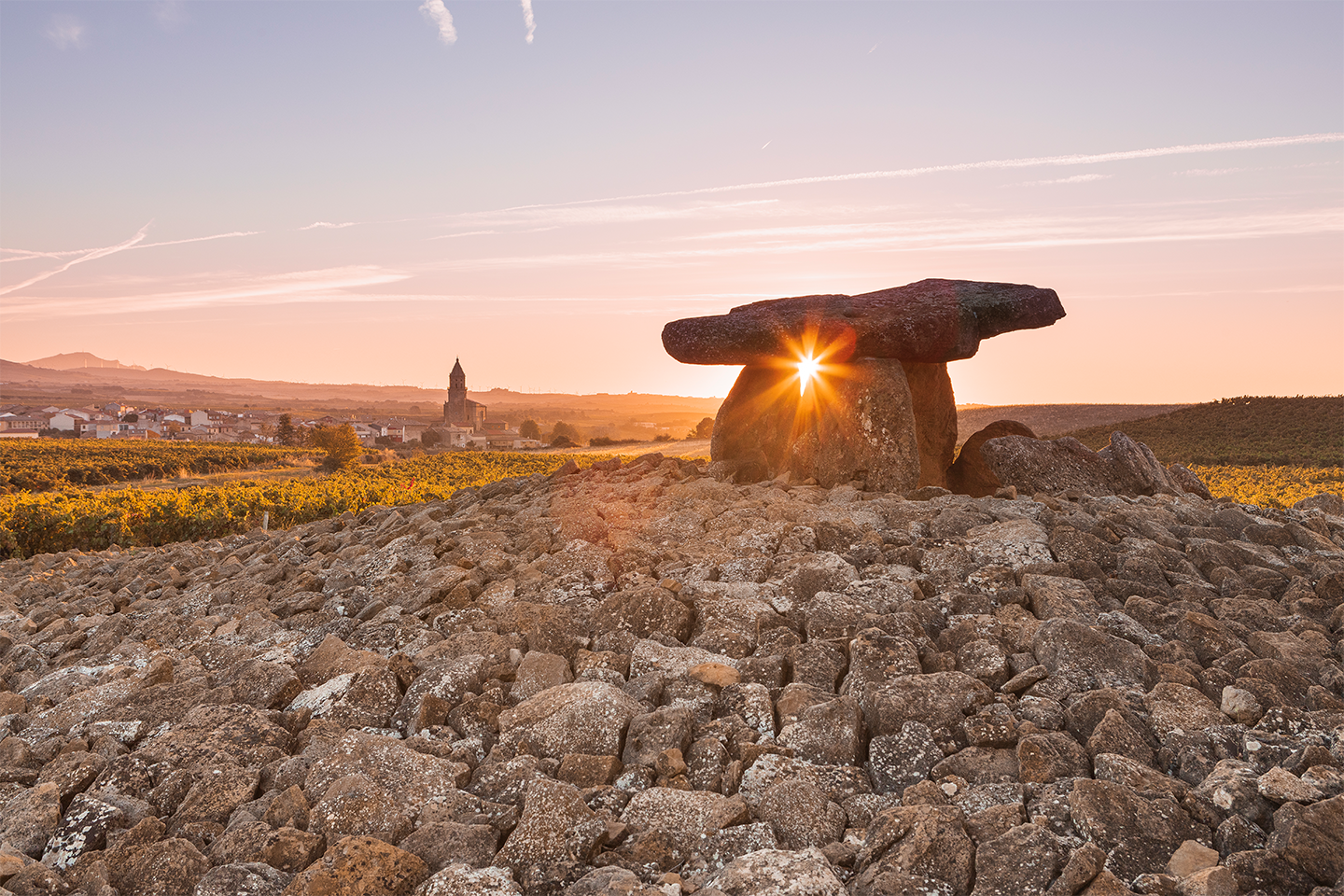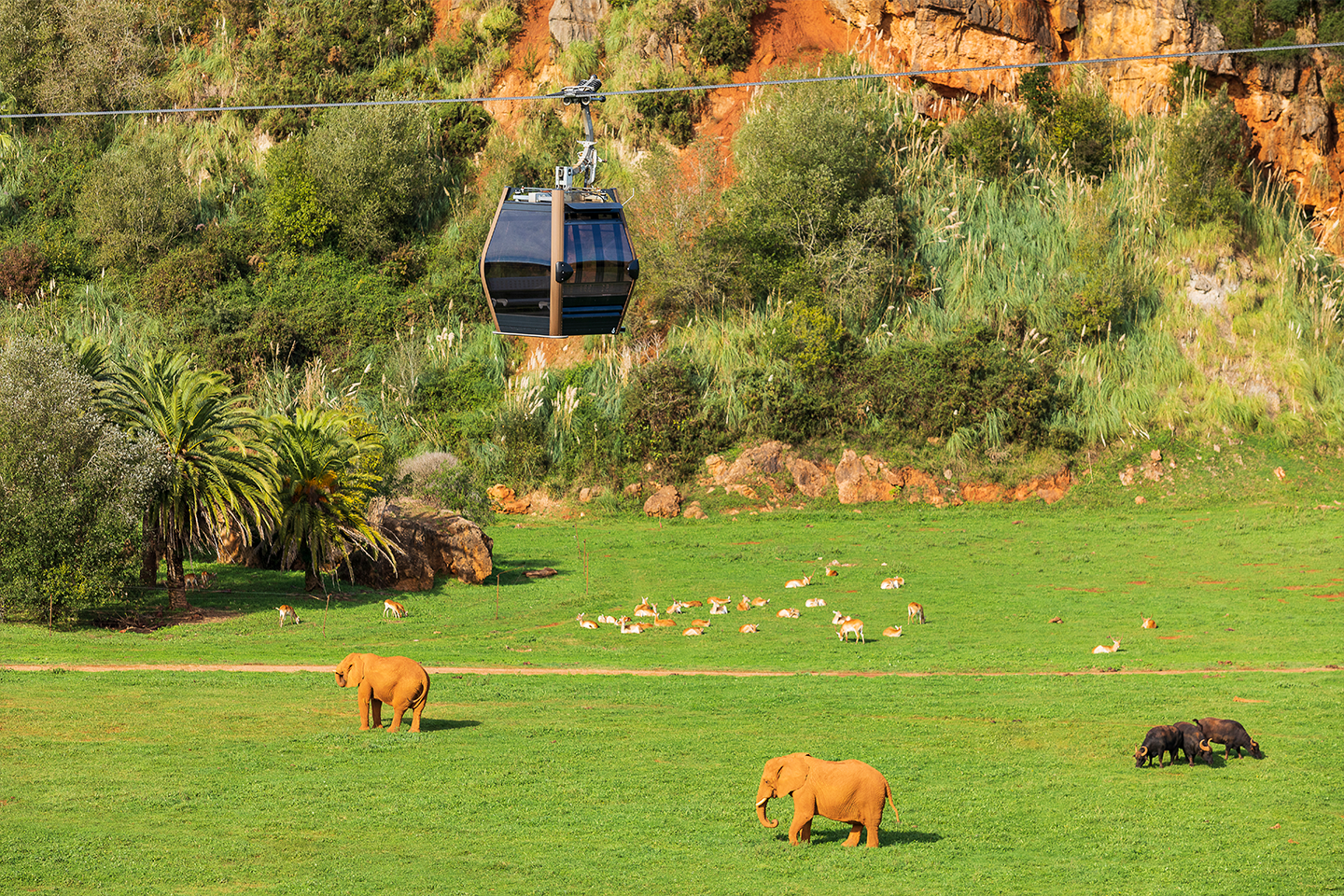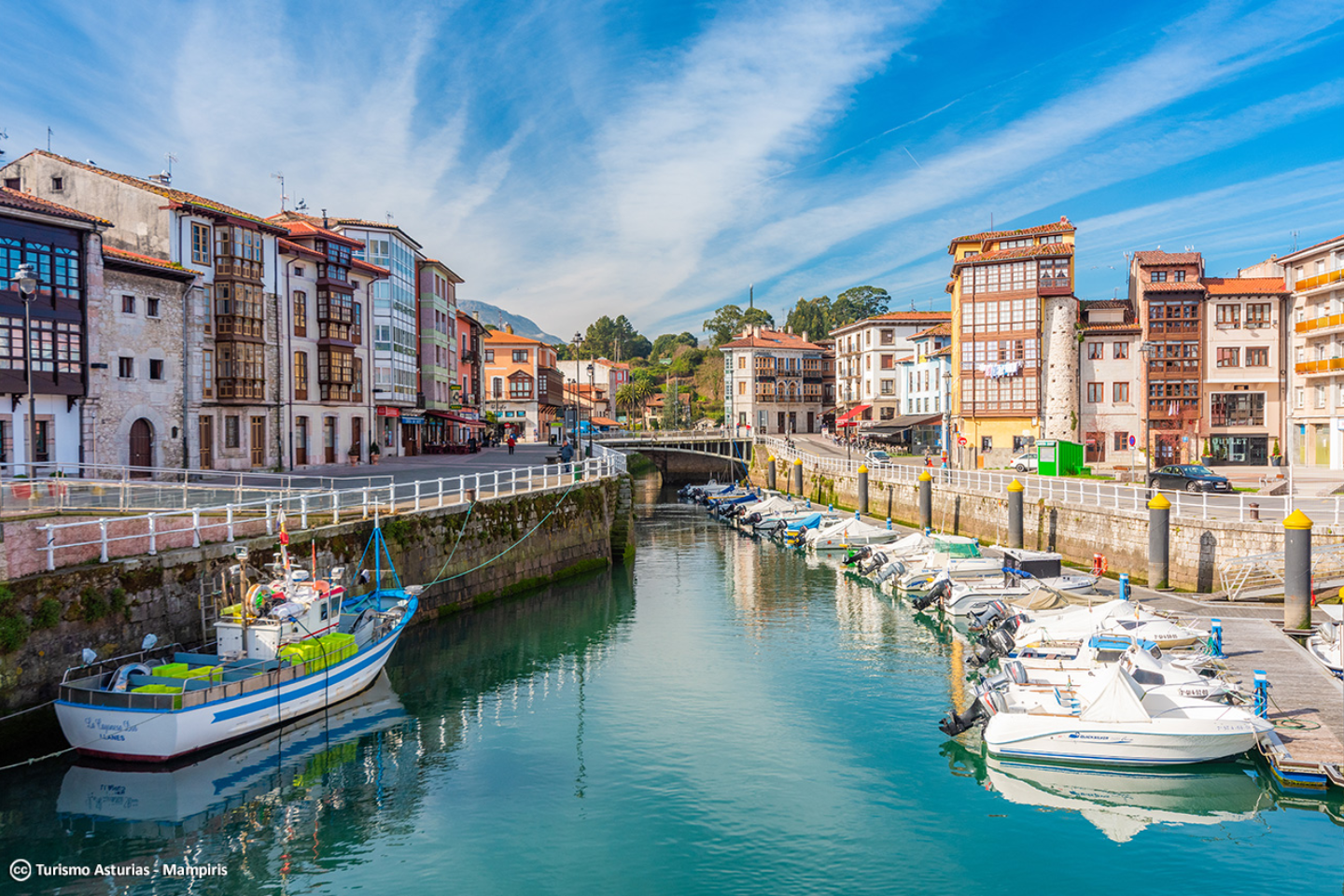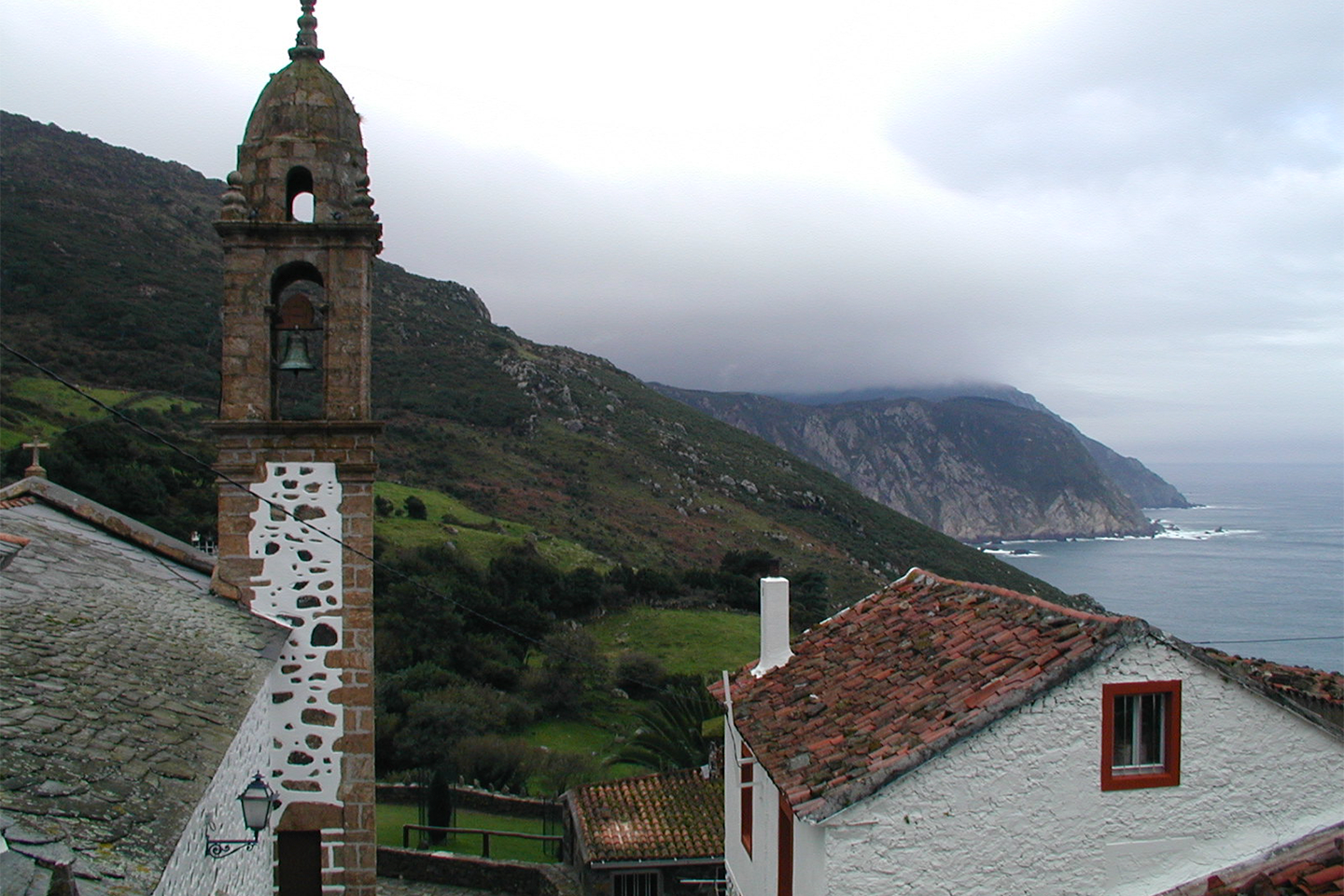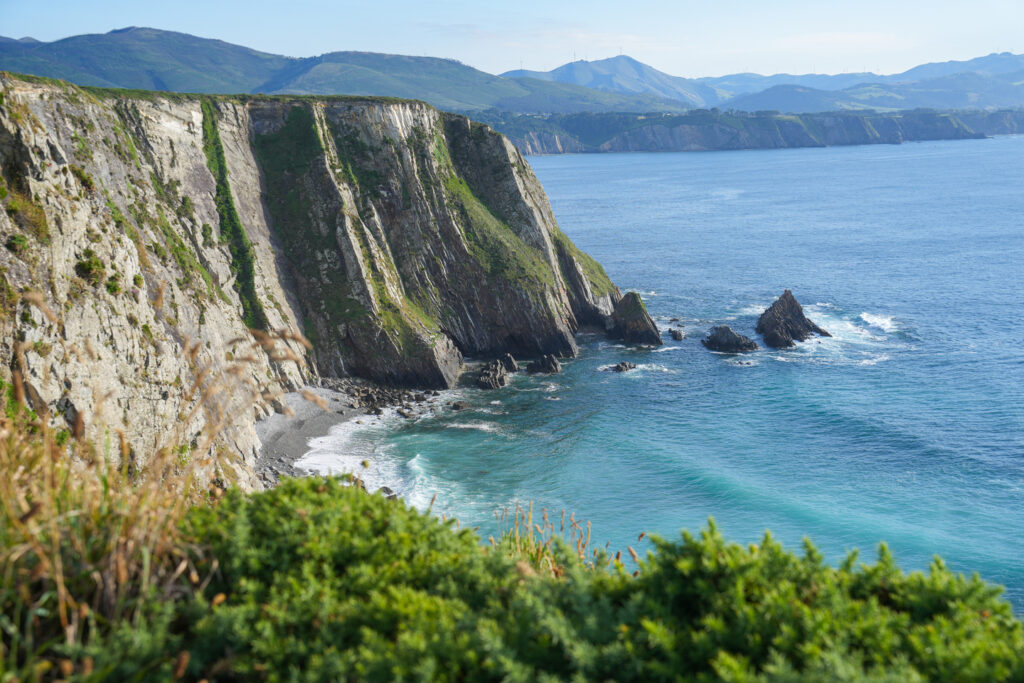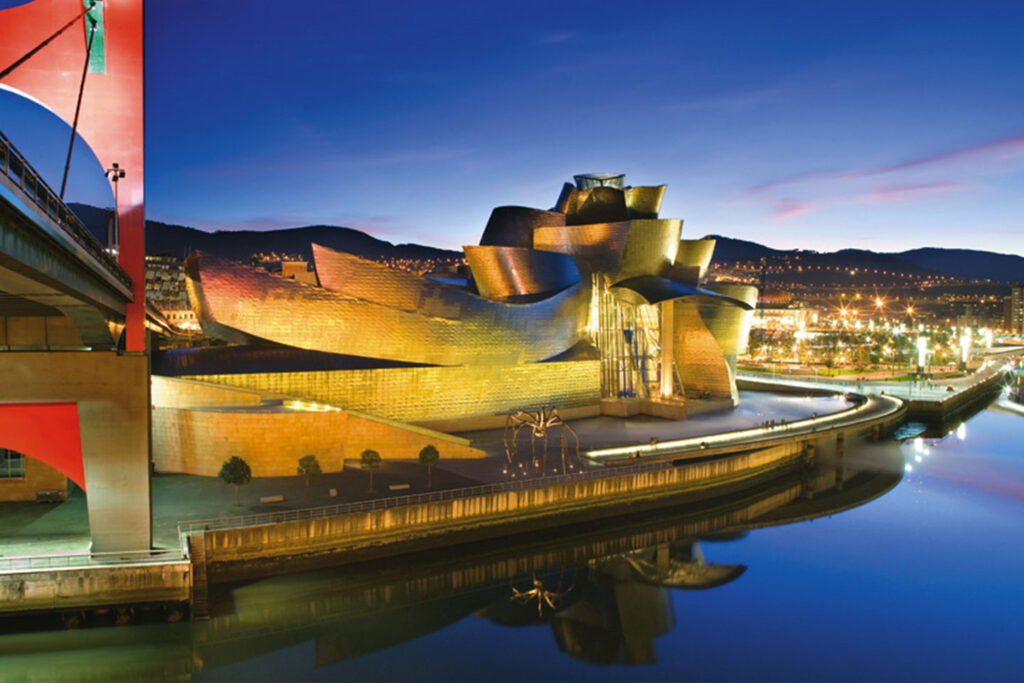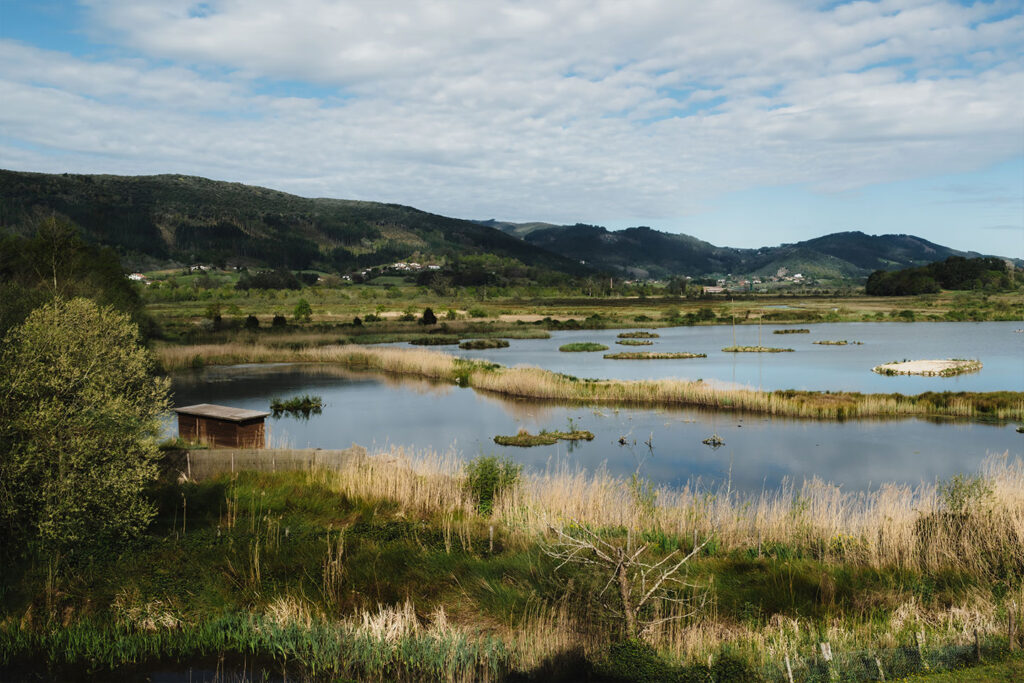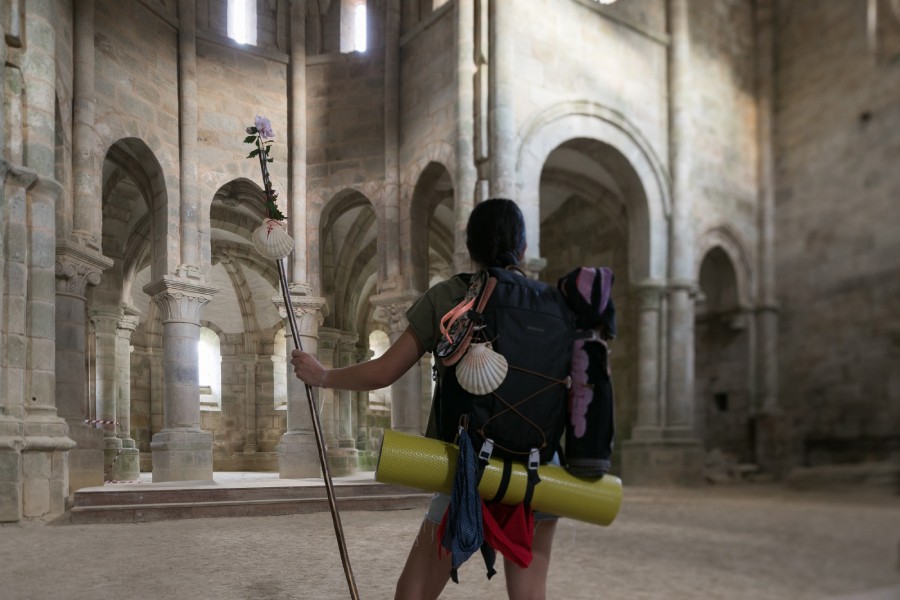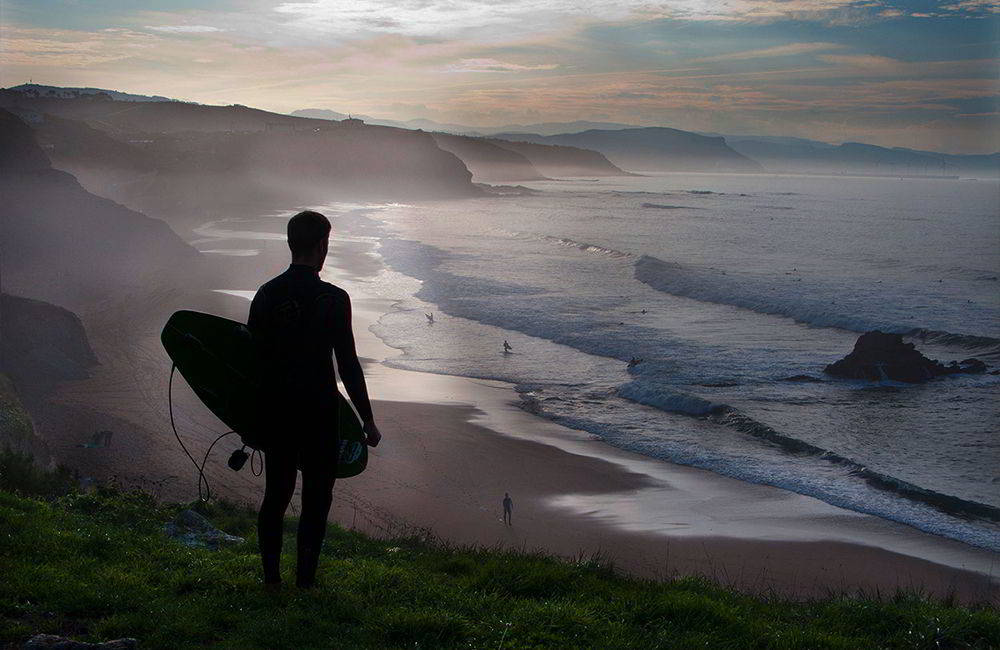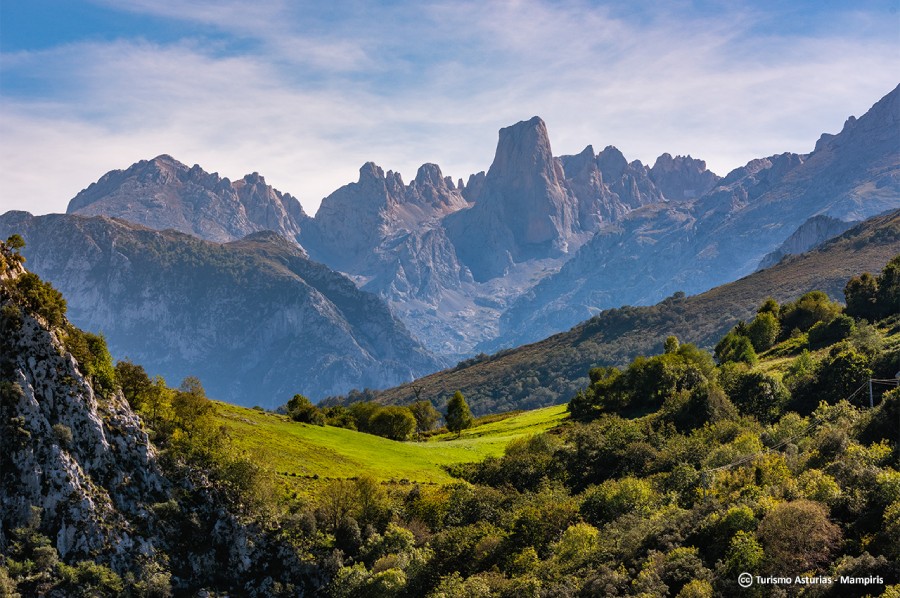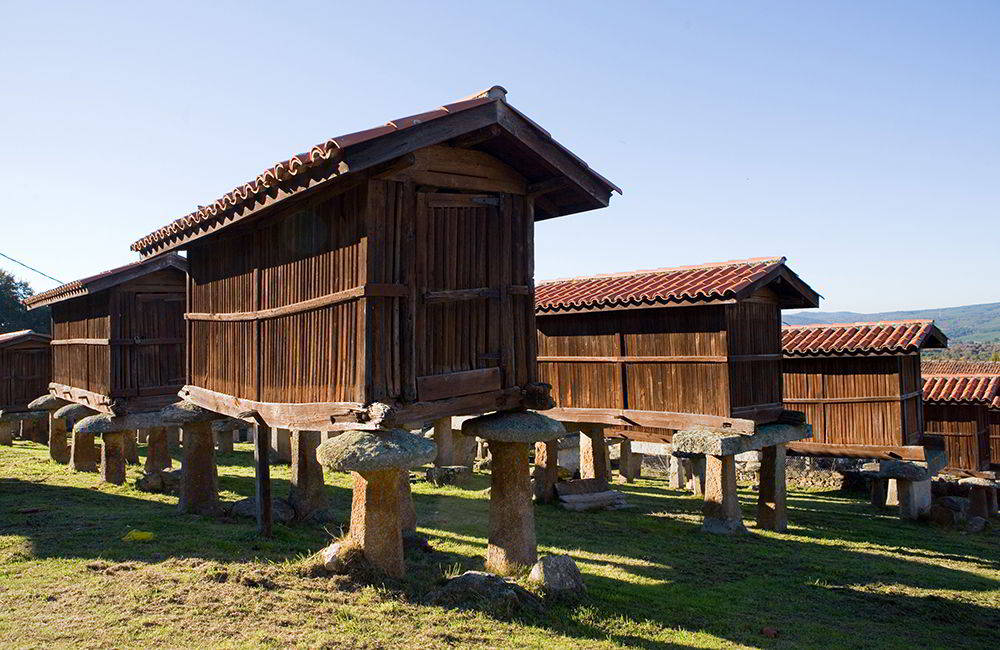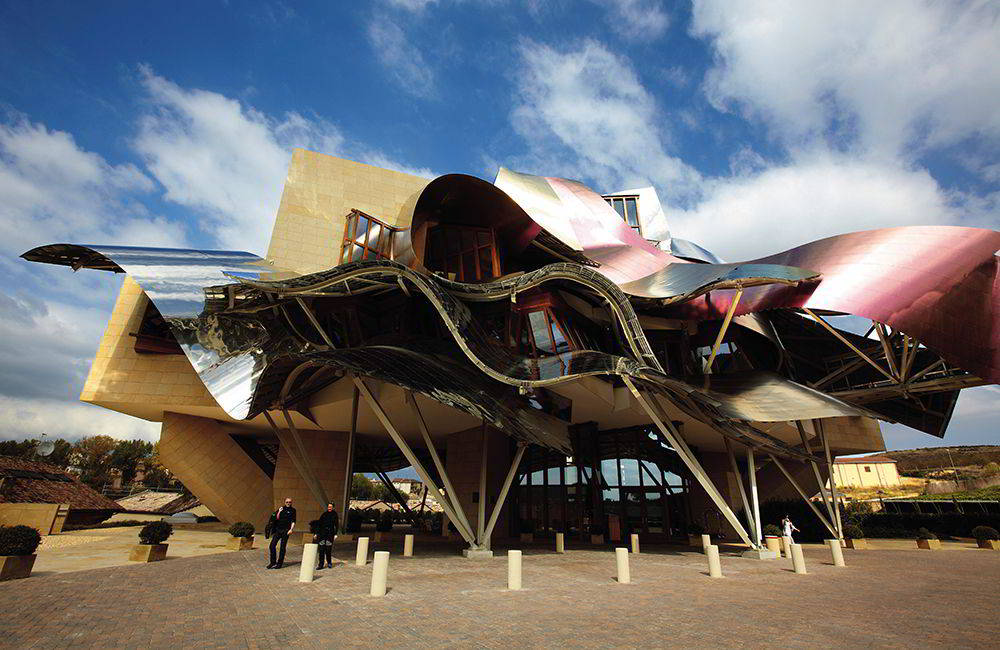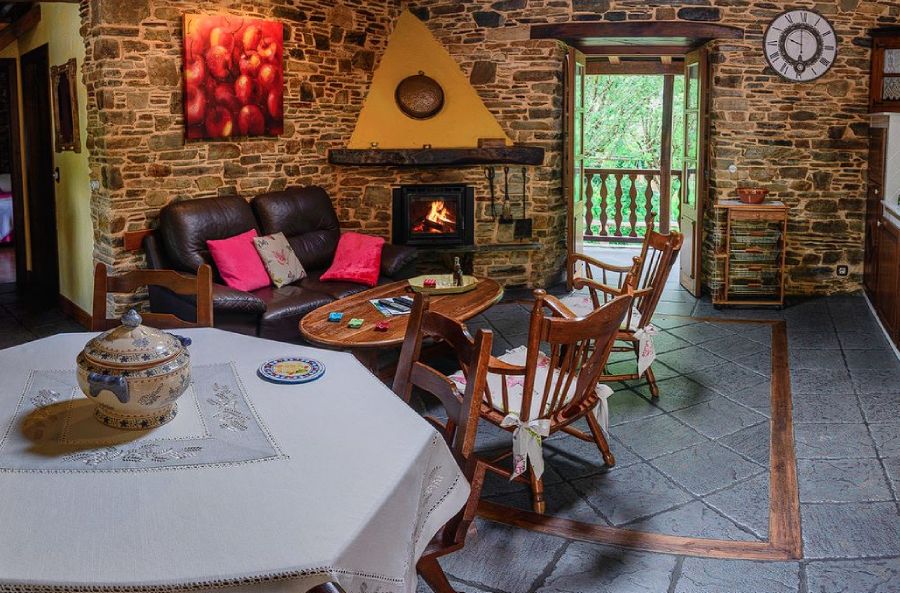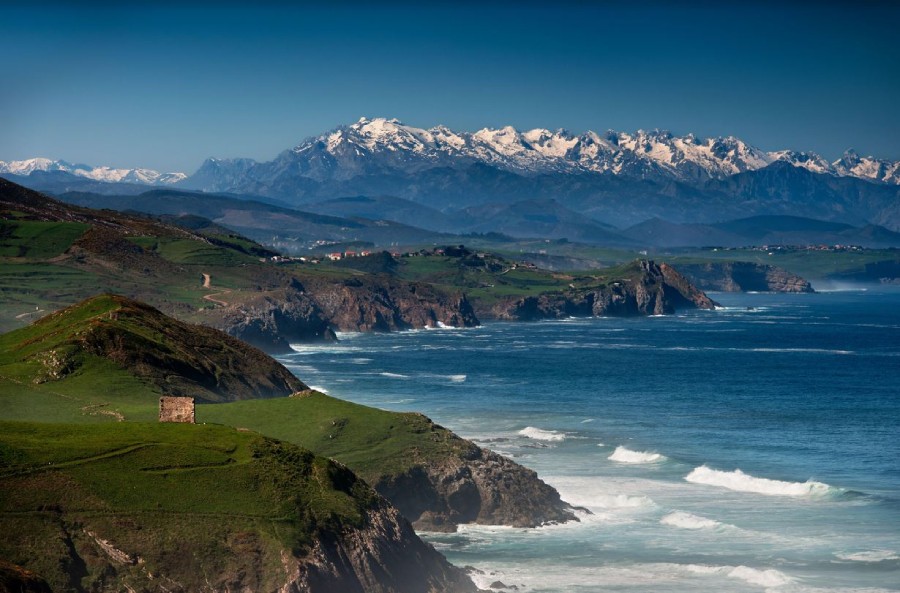What motivated the inhabitants of the Llanada Alavesa to move stones weighing up to a ton over five kilometers? Did you know that an idyllic island in the Bay of Santander once served as a quarantine site for sailors? Why did our ancestors sketch a figure on a cliff in Asturias? Why is there a place in Galicia where it is not advisable to disturb the lizards? Everything is possible in Green Spain.
DOLMENS OF THE LLANADA ALAVESA, IN EGILAZ AND AGURAIN/SALVATIERRA. (ARABA/ÁLAVA, BASQUE COUNTRY)
A bit of history
In 1831, during the construction of the Madrid-Irun road, workers dug into a nearby mound of earth in search of stone. They found it, but not the type of rock they expected. Instead, they uncovered large slabs of stone belonging to a massive dolmen that housed human remains and burial artifacts inside. This was the Aizkomendi dolmen, dated to over 5,000 years ago. Just 5 kilometers away in a straight line, we find another dolmen, Sorginetxe, smaller but with a more stylized construction and an intriguing name: the ‘witches’ house.’
What makes them special?
For centuries, the Llanada Alavesa has been a natural corridor used by various peoples, cultures, and civilizations—from our prehistoric ancestors to the modern railway, passing through Romans and European pilgrims in the Middle Ages. The presence of two of the most emblematic megalithic monuments (and among the largest, as the Aizkomendi dolmen is record-breaking in size) within just a few kilometers of each other in the Basque Country is no coincidence.
Things to do in Llanada Alavesa
– Discover the medieval frescoes that remained hidden for centuries in two discreet churches along the Camino de Santiago: those of Gazeo and Alaitza. In the first, you will find beautiful and detailed 13th-century religious paintings, while in the second, something very different: enigmatic, highly schematic silhouettes illustrating medieval scenes.
– Stroll through the historic medieval center of Agurain-Salvatierra to explore its cobbled streets, noble houses, the welcoming San Juan square, or the church of the same name, designed to function even as a fortress.
– Visit the village of Andoin and take the 1.5-kilometer hike through forests to the Tobería waterfalls, which display their best side after the wet seasons.
PEDROSA ISLAND, IN PONTEJOS, BAY OF SANTANDER (CANTABRIA)
A bit of history
Back in 1834, it was decided to build an establishment on this island, the largest in the Bay of Santander, where sailors arriving from other continents could undergo quarantine, isolated from society. Later, due to the privileged location of the place, constantly refreshed by sea air, it was turned into a sanatorium for tuberculosis patients. In the 21st century, the island still preserves many of those buildings (the pavilions, the theater…), now transformed into beautiful ruins.
What makes it special?
Pedrosa Island is one of the unique attractions in the complex environment of the Bay of Santander, where all kinds of natural ecosystems (marshes, beaches, islands of various sizes…) coexist with human constructions such as major communication routes or the Calatrava Pier. Pedrosa is an oasis of peace surrounded by bustling activity.
Things to do in the Bay of Santander
– Climb (by car, bike, or on foot) to Peña Cabarga, the ideal viewpoint to admire the Bay of Santander from above and understand this unique landscape.
– Drive to the southern slopes of Peña Cabarga to encounter animals you would least expect to find in this area of Cantabria: elephants, giraffes, or gorillas. Yet, that is exactly what awaits at the Cabárceno Nature Park, the largest wildlife park in Europe.
– Discover the opposite of Pedrosa Island. That is, visit Puntal Beach, located at the other end of the Bay of Santander. As its name suggests, El Puntal is an idyllic, unspoiled sand spit that offers a perfect panoramic view (yet another) of the bay.
PEÑA TÚ IDOL, IN LLANES (ASTURIAS)
A bit of history
The ‘idol’ is a drawing made on a natural rock in the Sierra Plana de la Borbolla. It depicts an enigmatic human figure holding a Bronze Age dagger, accompanied by other schematic paintings that are difficult to interpret.
What makes it special?
The Peña Tú Idol is not only a must-visit stop along the Green Spain route but also an essential stop in the most magical Spain. Why? Because of the mystery that surrounds it, its privileged location (on a hill overlooking the Cantabrian Sea and the Asturian mountains), and because the true intentions of the artists who created this artwork almost 4,000 years ago will likely remain unknown. Why did they use this slender sandstone rock with such a peculiar shape as their canvas? Why did they choose this special place?
What to see near the Peña Tú Idol
– Discover the natural site where the Bufones de Arenillas blow air and saltwater through rock crevices on stormy days.
– Visit the beautiful fishing village of Llanes, which boasts a charming old town, an excellent viewpoint over the sea (San Pedro Viewpoint), and a gigantic open-air art exhibition (the Cubes of Memory).
– Relax on a wide selection of medium-sized beaches, barely urbanized and surrounded by green fields, such as Ballota Beach and Poo Beach.
SANCTUARY OF SANTO ANDRÉ DE TEIXIDO (A CORUÑA, GALICIA)
A bit of history
Legend has it that Santo André de Teixido often lamented the large number of pilgrims visiting Santiago de Compostela. Therefore, Jesus Christ himself promised him that those who did not visit his beautiful sanctuary in life would do so three times after death. And so, a ghostly pilgrimage was born, which has survived intact into the 21st century.
What makes it special?
To begin with, the sanctuary’s location is breathtaking, perched on the Serra da Capelada, offering privileged views of the ocean and this rugged, cliff-laden coastline. Then, there’s the collection of legends that surround the place. “A Santo André de Teixido vai de morto o que non foi de vivo,” meaning “To Santo André de Teixido goes in death he who did not go in life.” This belief has led to the idea that the insects and reptiles wandering the area might be lost souls.
WHAT TO DO IN SANTO ANDRÉ DE TEIXIDO
– Visit the Mirador do Cruceiro, where a plaque commemorates Hollywood actor Leslie Howard, one of the stars of ‘Gone with the Wind’ (1939). What is the connection between one of the most spectacular viewpoints in Green Spain, Hollywood, and World War II? A plaque on-site explains it all.
– Compare the grandeur of the Santo André de Teixido cliffs with the serenity of the vast sandy beaches of the Ría de Cedeira, just 15 kilometers away. Vilarrube Beach in Cedeira is undoubtedly the perfect place to contrast the experience of Galicia’s dramatic cliffs.
– Savor the area’s outstanding seafood cuisine, with Cedeira as the main gastronomic hub. Some of the most typical dishes include Cedeira-style monkfish, hake in sauce, barnacles, a wide variety of shellfish (such as velvet crabs and spider crabs), or the famous Tarta de Cedeira, a puff pastry filled with bonito tuna, cod with raisins, conger eel, scallops, or octopus.
